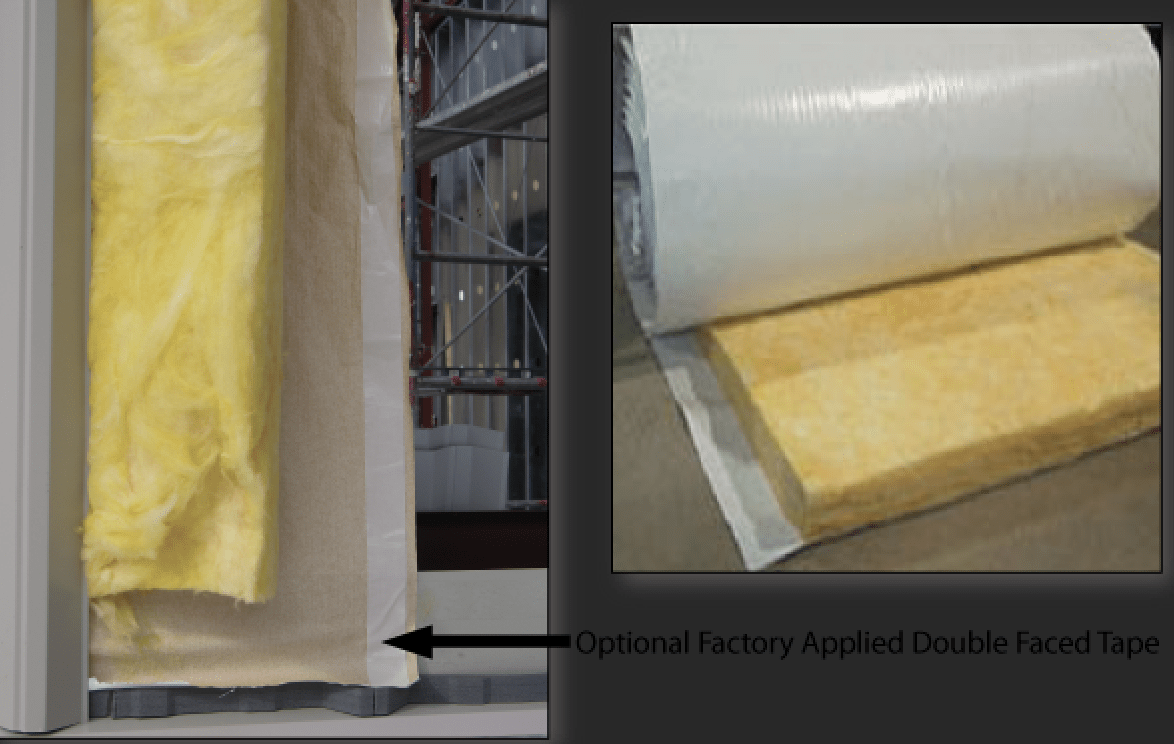Fiberglass insulation is a widely used material for insulating homes and buildings. Its effectiveness in providing thermal resistance, often referred to as the R-value, makes it a popular choice for homeowners and builders. In this article, we’ll delve into the concept of R-value, how it relates to fiberglass insulation, and why it’s essential when considering your insulation options.
What is R-Value?
The R-value is a measure of a material’s ability to resist heat flow. It quantifies the thermal resistance of a substance, indicating how well it insulates against heat transfer. In simple terms, a higher R-value means better insulation. R-value is a critical factor when selecting insulation materials because it determines how well the material will keep your home warm in the winter and cool in the summer.
R-Value and Fiberglass Insulation
Fiberglass insulation is well-known for its excellent R-value. It is made from tiny glass fibers that trap pockets of air, effectively slowing down the movement of heat. The thickness and density of fiberglass insulation affect its R-value. The thicker and denser the insulation, the higher the R-value it provides.
Factors Affecting R-Value
Several factors influence the R-value of fiberglass insulation:
- Thickness: As mentioned earlier, thicker insulation generally provides a higher R-value. It means that a thicker layer of fiberglass insulation will offer better thermal resistance.
- Density: The density of the insulation material affects its R-value. Higher-density fiberglass insulation typically has a higher R-value because it contains more fibers and less air.
- Installation Quality: Proper installation is crucial to maximizing the R-value of fiberglass insulation. Gaps or compressed areas can reduce its effectiveness. It’s essential to hire a professional installer or follow manufacturer guidelines for a DIY project.
- Environmental Factors: Extreme temperatures and moisture can affect the R-value of insulation over time. Proper sealing and vapor barriers are essential to maintaining consistent performance.
Comparing R-Values of Insulation Materials
When choosing insulation for your home, it’s important to compare R-values among different materials. Fiberglass insulation competes favorably with other common types like foam board, cellulose, and spray foam insulation. By considering the R-value in relation to your climate and energy efficiency goals, you can make an informed decision.
Conclusion
Understanding the R-value of fiberglass insulation is essential when making decisions about insulating your home. Fiberglass insulation is a cost-effective and efficient choice for many homeowners due to its excellent R-value. However, it’s crucial to consider factors like thickness, density, and proper installation to get the most out of this insulation material. By doing so, you’ll be on your way to creating a comfortable and energy-efficient living space.
Click on pricing page

